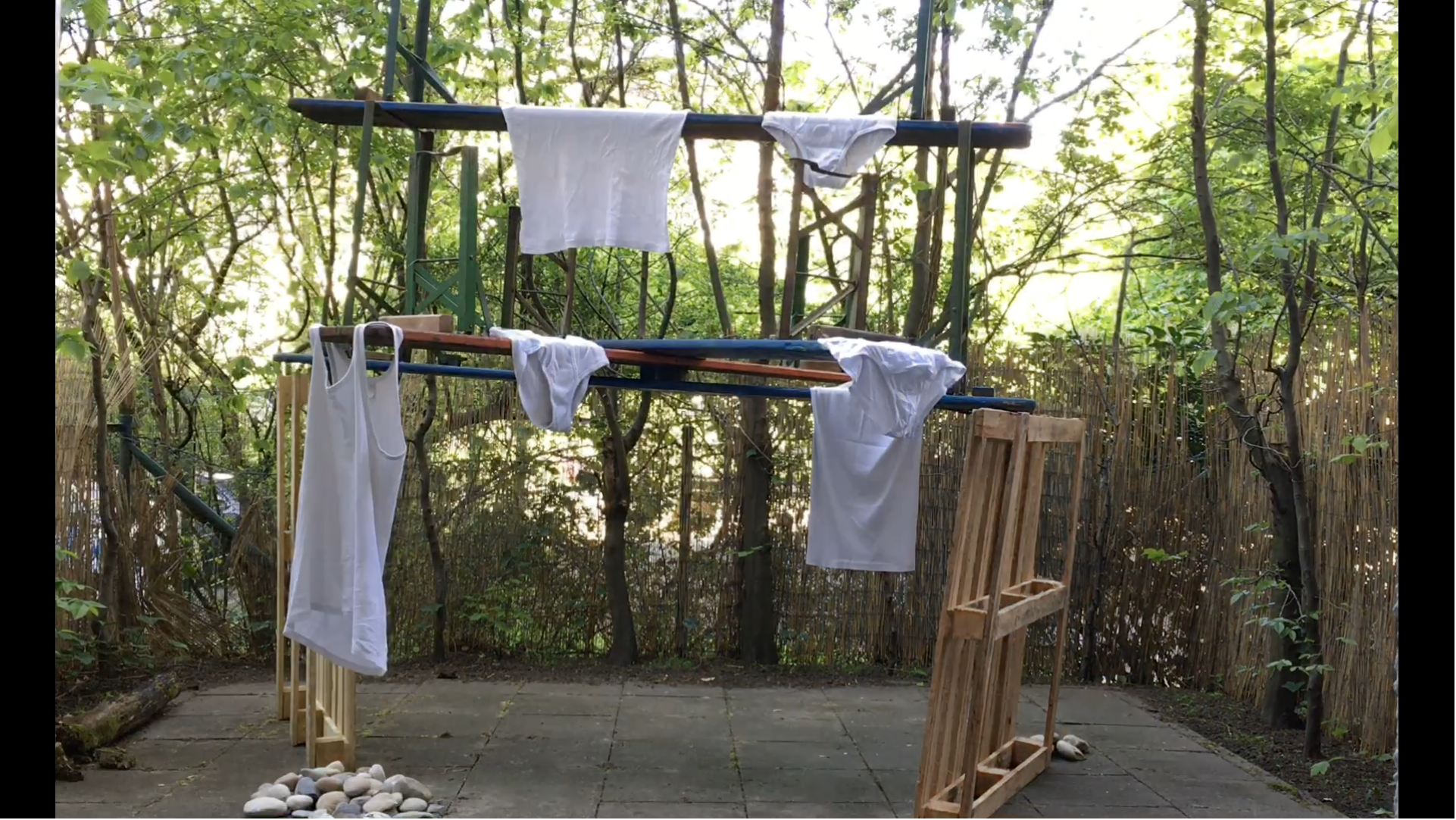
Me and You
Movement Encounters
Playful Movement Workshop Photo: Konstantinos Fourkiotis
Composition of the scores was always one of my main methods. Even if my research was changing, taking different forms and directions, this method remained my anchor point.
But why?
I had the sense that scores can be like tiny boxes within which you store small toys, a ticket from your favorite performance, notes from your roommates.
They encapsulate a world.
When you open it up, it unravels.
Accordingly, scores embody this double articulation: encapsulating worlds and generating new ones.
Visiting a ‘stored’ world through the activation of scores,
new worlds can be delineated.
.
.
Moreover, scores, like boxes, are tangible; they can travel and be shared with other people.
In that way, they function as an invitation which opens up a room where involved individuals
co-create, co-build, co-reside worlds together;
a balance between autonomy
.
.
and collectivity.
Within the context of dance, the term of instant composition first came to use in the 60s-70s eras and celebrated the autonomy of the dancer. It became a ‘technique of exercising ‘choice’ within the present moment of the dance’ (Lycouris, 1995). By reflecting on and investigating the principles of instant composition practices and by working with the methodology of scores, I realised that the combination of these two parameters can make room for the autonomy of the dancer who reads and activates, taking decisions during performances. In this way, the ground necessary to overcome the methods of traditional choreographic practices, which celebrate the authority of the choreographer in the decision-making process, is delineated.
And why is training on autonomy and collectivity important through dance?
Well, this is a good question. The words of the choreographer, dancer, musician and poet Julyen Hamilton come to mind ‘working in theater is a rehearsal for a healthier life’. Training on the principles of instant composition ( be familiar with not-knowing, find ways to be spontaneous, give time for things to happen, practice on listening, learn to take risks, find the balance between autonomy and inter-dependence) in studio practices ( where by defining specific parameters, it can be a ‘safe place’), tools are obtained which can find application in everyday life; tools for improving the way that we interact and coexist with others, tools for finding our balance in unknown territories, for building-up our own ground.
Below you can find extracts of some videos I received as a response to a score for the creation of a collective diary during the period of quarantine.
You can read the score here—->


Activator of the score: Adrian Thoemmes

Activator of the score: Ionna Mitsa


Activator of the score: Alkis Barbas

Activator of the score: Stathia Partalidou


Text: Stathia Partalidou

Activator of the score: Nicolas Kipnam
